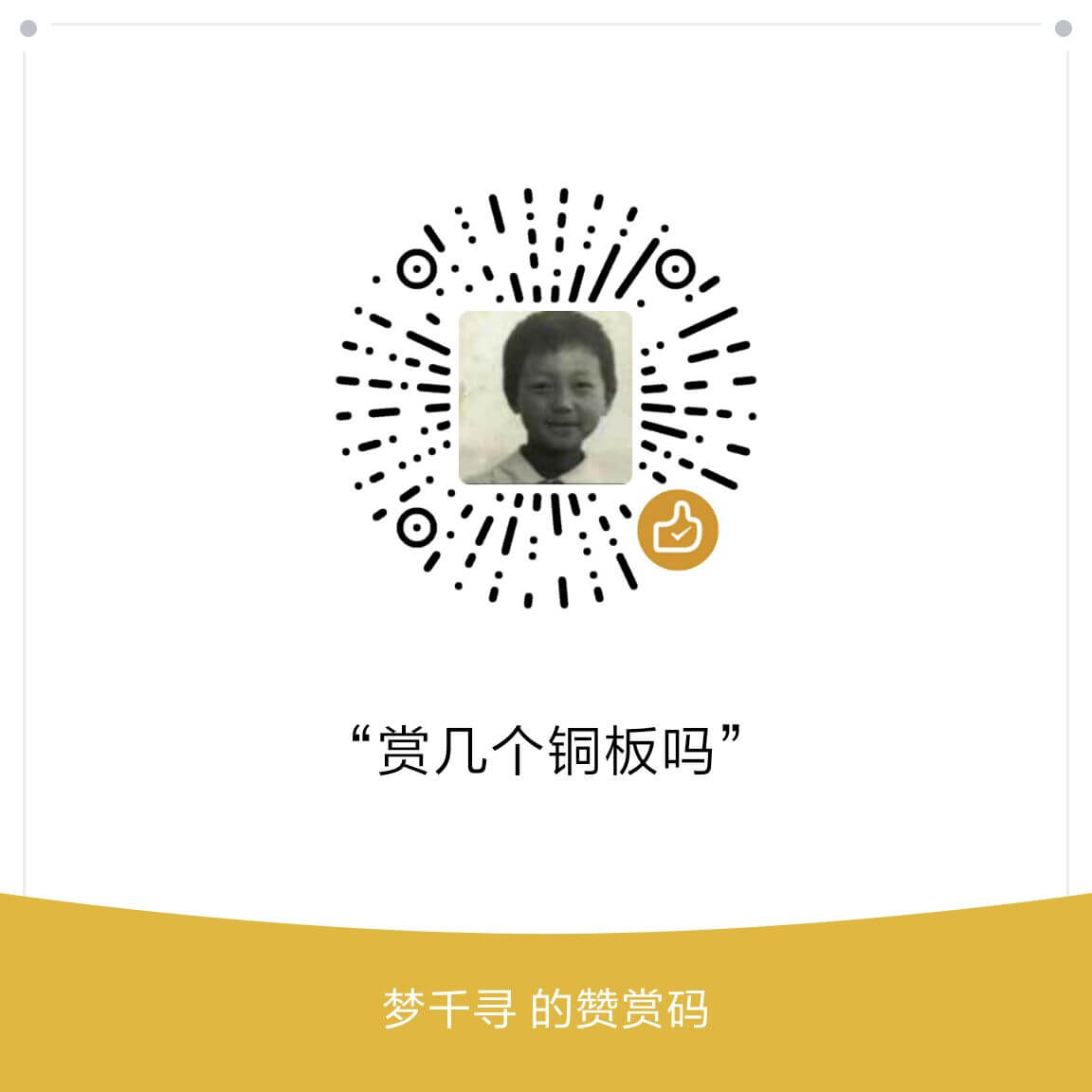翻译要尊重原文风格。
有人说陈道明演啥都像陈道明。
我们翻译,要尽量避免这种情况,不能翻啥都像CATTI风格。
也不能翻啥都像合同风格。
要体现一点原文风格,最有效的办法就是多利用原文,因为原文本来自带风格。
【原文】
林纾(1852–1924)字琴南,光绪举人。他不懂外语,依靠他人口述意思,由他以惊人的速度审词缴句,笔录下来。就这样,在将近三十年的时间里,他用文言文翻译欧美等国小说184种,其中不少是外国名作。例如《巴黎茶花女遗事》、《鲁宾逊漂流记》、《海外轩渠录》、《吟边燕语》、《块肉余述》、《贼史》、《黑奴吁天录》等。林纾的译作第一次使中国读者接触到这些外国文学作品,引起了他们对外国文学的兴趣,同时也打破了章回小说的旧格式,对中国的文学创作有很大的影响。林纾为自己的许多译作写了序言,主要是说明译书的背景或对书中内容发些议论,涉及翻译理论和方法的地方极少。
六十年代初,我国著名学者钱钟书发表一篇文章,题为“林纾的翻译”,对林纾的译文作了很高的评价,并提出了一条新的翻译标准。他写到:“文学翻译的最高标准是‘化’。把作品从一国文字转变成另一国文学,既能不因语文习惯的差异而露出生硬牵强的痕迹,又能完全保存原有的风味,那就算得入于‘化境’”。这个标准不是轻易可以到达的。钱先生本人也说:“彻底和全部的‘化’是不可实现的理想。”因此,它只能作为一种努力的目标,而且限于文学作品。非文学作品的翻译就更不要用这个标准来衡量了。(495字)
【参考译文】
Lin Shu (1852 – 1924), courtesy name Qinnan, was a scholar attaining the title of juren in the imperial civil examination under the reign of Emperor Guangxu (1875 – 1908).(1) He knew no foreign languages, but when he was translating he worked with an interpreter and at a stunning pace of wording and phrasing took down what the interpreter explained to him(2). Over the course of nearly three decades, he had rendered in this way 184 novels into wenyan (classical Chinese), covering European as well as American works, of which a good many are literary masterpieces. La Dame aux Camélias, Robinson Crusoe, Guilliver’s Travels, Tales from Shakespeare, David Copperfield, Oliver Twist, and Uncle Tom’s Cabin, to name a few. Lin Shu’s efforts introduced, for the first time ever, the Chinese reading public to these foreign literary works, kindling their interest in foreign literature and along the way breaking through the chaptered form of Chinese fiction(3). A seminal influence his is on later Chinese literary creations(4). He prefaced many of his own translations, usually giving a background description of his translation or telling the reader what he thought of the stories himself(5), seldom touching on translation theory or techniques.
In the early 1960s, Qian Zhongshu, an eminent Chinese scholar, published an article entitled On Lin Shu’s Translation, in which Qian appreciates highly the latter’s translation(6). Qian took this occasion to propose a new standard for translation. “The highest standard for literary translation is ‘sublimation’,” Qian states. “Sublimation is accomplished when a work of one language is converted into one of another, all free of any trace of stiffness or awkwardness arising from language usage differences, while at no expense of the spirit and flavor of the original work.”(7) This is no easy achievement! “Thorough and complete ‘sublimation’ is an impossible ambition,” Qian himself thus asserts. Therefore, it can at best operate as a longed-for ideal and is applicable to literary works only. Translation of non-literary works is thus still less amenable to judgment by this standard.
【简析】
(1)、这一句单独翻成一句,显得有点孤零脱节;可以翻简洁点,与下一句合并。这里翻为一句,为了体现出句子中的信息而已,算应试。
(2)、他人口述,这个人是译者,即视译人员。
(3)、Translation表示翻译过程、翻译学科、翻译工作等抽象概念时,是不可数名词;表示译作时,是可数名词。介绍,introduce,可以是把作品introduce给人,也可以反过来把人介绍给作品。
(4)、上句已经很长了,这里断句。这是个前置句式,his是物主代词,等于his influence。
(5)、内容,啥content、material都总觉得隔了一层,这里实则是说story。故事本身也是内容。Think of sth,可表示发议论,表示对啥的看法。
(6)、文章标题加了On,不要也没关系。高度评价,也可用rate、praise等词。
(7)、这句引用语在中国海洋大学2018年真题中出现过。译文经细微改动,照搬到这里。这次本来改成了Sublimation occurs when…,怕部分同学不习惯,最后用了accomplish一词。“化”翻译为sublimation,这是学界的用语。考虑到钱钟书曾用过transmute一词,翻译为transmutation也算可行吧。
崽哥
 英语学习网站
英语学习网站
